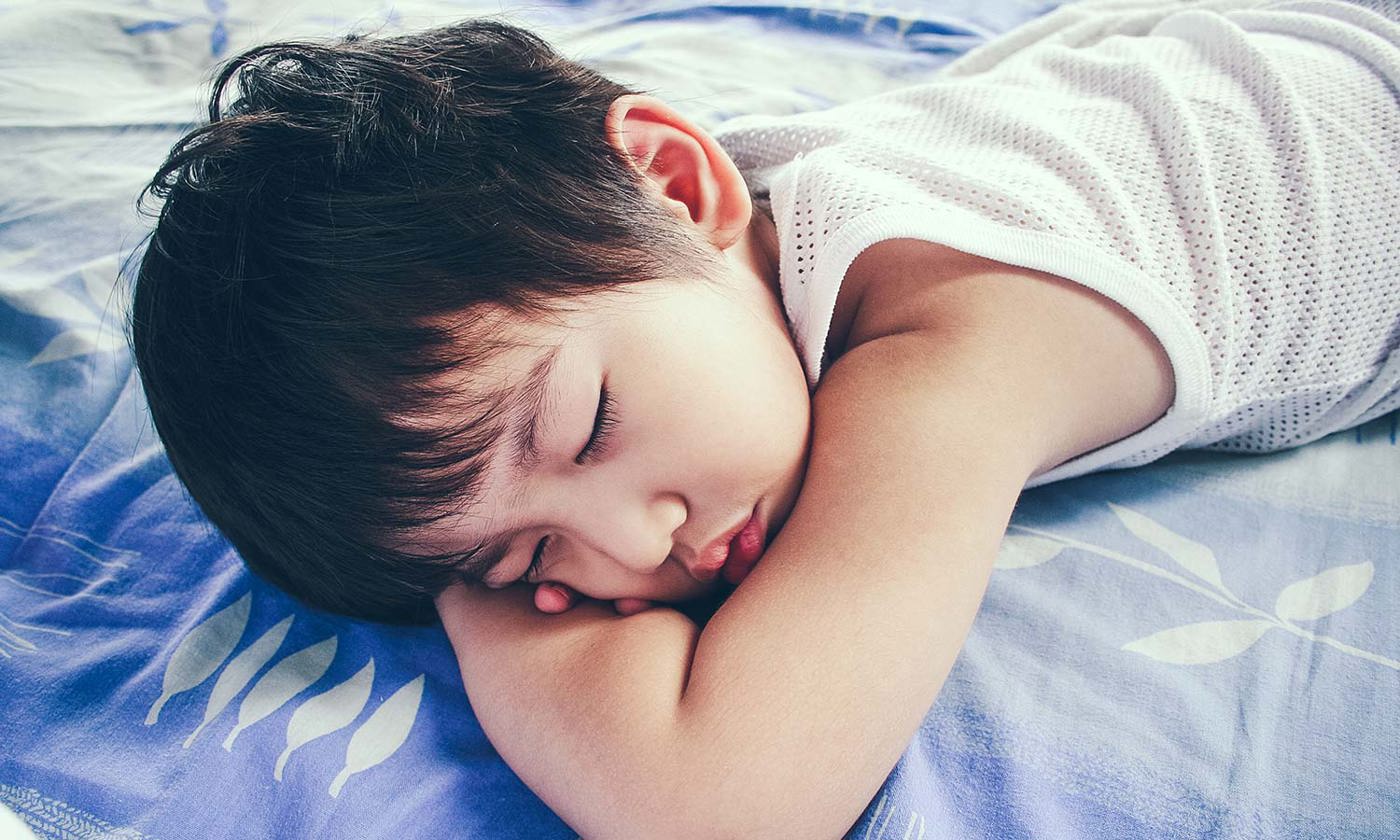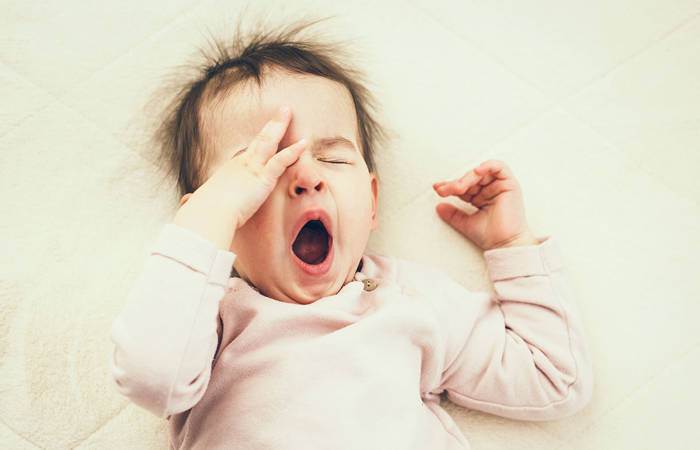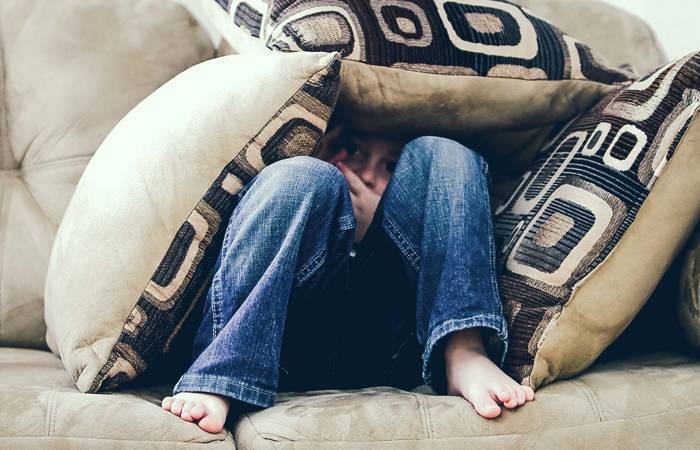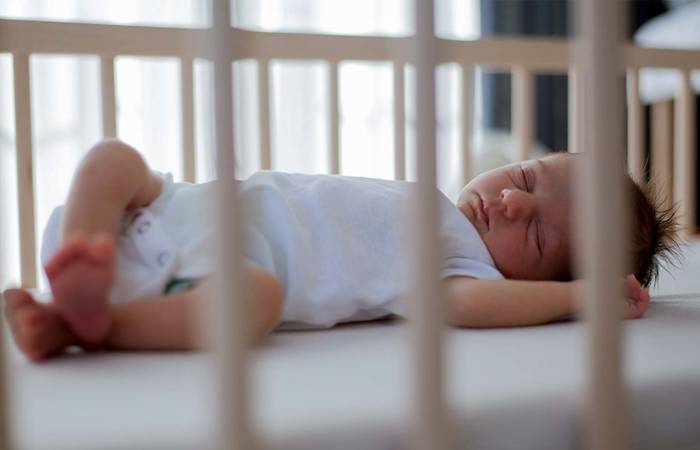Like what you see?
Sign up to receive more free parenting advice.
Thank you for subscribing to our newsletter!
Child Development

Credit: iStock.com/Stellajune3700
It’s all too common, a child waking in the night gripped by a fear of the dark. Some of us even carry it into our adult lives. So, what can you do to help?
A fear of the dark is one of the most common of childhood fears. Its official name is ‘nyctophobia’ and, for some children, the fear of night-time, or darkness, can cause intense symptoms.
A study carried out by the Saint Leo University in Florida revealed the fear is mostly connected to the loss of visual stimuli – for the simple fact that we can’t see what is around us. And the symptoms can range from anxiety to depression.
Physical symptoms
Some of the physical symptoms of nyctophobia include sweating, trouble breathing, chest tightness, shaking, dizziness or an upset stomach. Some of the emotional signs include panic and anxiety, a feeling of losing control, a desperate need to escape the situation or a feeling of being powerless over your fear.
A fear of the dark usually first occurs around the age of 3 or 4 when a child’s imagination is beginning to expand. Once a child is exposed to a world beyond what they might experience within their own home, through social media, television and movies, their imaginations are also expanded.
Causes of fear of the dark
Associate Professor, School of Psychology at Deakin University, Dr Jade Sheen says the age at which a fear of the dark begins can vary, but it’s usually from around the age of three that the child is exposed to a range of different stimuli.
“By the ages of three and four, most children would most likely have watched TV, looked at picture books and many other things that can possibly activate that imagination. The real concern is when they’re exposed to all things monster-related and other gruesome images,” Dr Sheen says.
“When you realise your child is frightened of the dark, one of the best things to acknowledge is that whilst the monsters aren’t actually real, the fear itself is.
“It’s important that we don’t buy into the fear of the monsters by checking under the bed and ushering the monster out the door because, essentially, what we’re doing is letting them know that there is a monster there.
“If they’re led to believe there really is a monster then they will believe that they should be afraid.”
Instead, Dr Sheen suggests parents should be showing their child empathy and letting them know that you’re taking their fears seriously.
“You can say, ‘I understand that you feel anxious or afraid and that’s a normal feeling. We all feel scared of something, but monsters aren’t real and it’s okay. So, what can we do to make you feel safer?’,” Dr Sheen says.
It’s important that we don’t buy into the fear of the monsters by checking under the bed and ushering the monster out the door because, essentially, what we’re doing is letting them know that there is a monster there.Dr Jade Sheen
Stay up to date with the latest news and articles from First Five Years
Thank you for subscribing to our newsletter!
A natural and healthy fear
Psychologist Dr Liz Westrupp from Deakin University says a fear of the dark is very common and many people don’t ever fully outgrow their fear.
“There are many adults who are still afraid of the dark and this all comes down to a fear of the unknown. It’s a perfectly normal fear to have and it’s no surprise that it’s a fear that begins in childhood,” Dr Westrupp says.
“We don’t always lose our fear of the dark and for good reason. We fear things that could present risks to us. So, it makes sense that humans are scared of the dark because we can’t see what’s out there; there could be predators, so it’s a very natural and healthy fear.
“Along with all emotions, including fear, joy and anxiety, it’s very important that parents are able to support their child with their emotions. Try to label the emotion and then support them with it.”
Talk about the fear and validate the emotions
Dr Westrupp says by validating and accepting the emotions you’re not necessarily enabling the fear.
“There’s a fine line between accepting your child’s fear and enabling it. It’s more about talking about the fear, never shaming or dismissing those fears, but also letting your child know that fear is a normal and healthy part of life. You can reassure your child that there is nothing to be afraid of, there is nothing hiding under the bed, or anywhere else. But that it’s normal to be fearful of the dark.
“It’s crucial that children learn that they can be confident in managing their own fears. And that means balancing parents providing comfort, but having confidence in their child, that they can handle the situation.”
So how long do most children hold a fear of the dark? Dr Sheen says it depends on the child, their temperament and how the issue is managed.
“A fear of the dark can go right through to primary school years. That might seem like a long time but I think it’s a matter of questioning what is developmentally appropriate. For primary school years it would be a totally normal fear,” Dr Sheen says.
“But if the fear is entering into adolescence and is causing an inability to sleep by themselves because they’re so scared, or if the fear is really quite extreme and impacts on sleep, then that might be an indication that it’s time to do something about it and get some help.”
When to seek help
Dr Westrupp says if a child is still scared of the dark in late primary school, it’s time to take a look at what else is going on in the child’s life.
“If the fear is having a serious impact on sleep or interfering in the child’s life in another way, that’s when its problematic. I’d suggest that that would be a time to think about whether there’s been any changes or anything that might be worrying the child,” Dr Westrupp says.
“If there are no major changes in the child’s life that could be impacting on the fear or the sleep, then you need to think about how to best support the child so that they’re growing more confident in managing those fears.”







